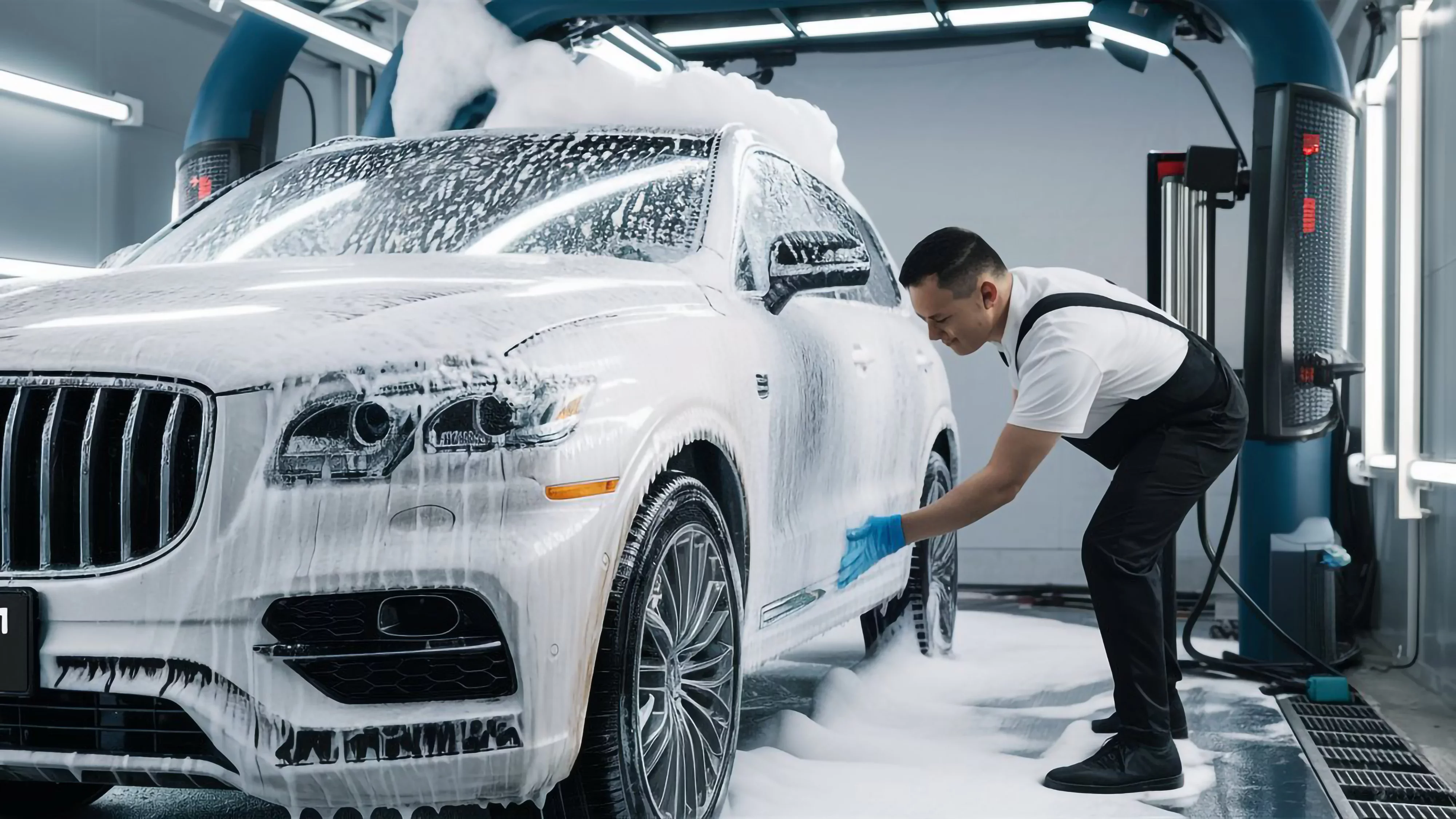Why Is My Car Overheating? Common Causes and Solutions

You’re cruising down the road, windows down, favorite playlist on, when suddenly you notice your temperature gauge creeping toward the red zone—or worse, steam starts billowing from under the hood. Car overheating is a heart-sinking moment for any driver. But don’t panic—while it’s serious, it’s also usually fixable.
In this post, we’ll dive into the common reasons cars overheat, what you can do if it happens, and how to prevent it in the future. Let’s get your ride back to running cool and smooth.
Why Overheating Is a Big Deal
Before we get into the causes, let’s talk about why overheating is a problem. Your engine operates best within a certain temperature range. When it gets too hot, metal parts can warp, gaskets can blow, and your engine could suffer permanent damage. In short—ignoring an overheating issue can turn a minor fix into a major repair bill.
So, catching it early is key.
Common Causes of Overheating
Here are some of the most common culprits behind an overheating engine:
1. Low Coolant Levels
Coolant (also known as antifreeze) is the lifeblood of your car’s cooling system. It circulates through the engine and radiator to absorb and release heat. If the coolant level is low, your engine doesn’t have enough fluid to stay cool.
What causes it?
A leak in the radiator, hoses, or water pump
Evaporation over time without regular top-ups
A loose radiator cap
Solution: Check your coolant reservoir and top it up if needed. If it keeps dropping, get your system inspected for leaks.
2. Faulty Thermostat
Your thermostat regulates the flow of coolant through the engine. When it works properly, it stays closed while the engine warms up, then opens to let coolant flow.
What goes wrong?
The thermostat can get stuck closed, preventing coolant from circulating.
Signs: Engine heats up quickly, and the heater may blow cold air.
Solution: Replacing a thermostat is usually a simple and inexpensive fix.
3. Radiator Issues
Your radiator's job is to dissipate heat from the coolant. If it’s clogged, leaking, or not working efficiently, it can’t do its job.
What to watch for:
Rust or debris blocking airflow
Cracks or leaks in the radiator
A malfunctioning radiator fan
Solution: A professional flush or radiator replacement might be necessary depending on the issue.
4. Water Pump Failure
Think of the water pump as the heart of your cooling system. It circulates coolant through the engine and radiator.
Symptoms of a bad pump:
Coolant leaks near the front of the engine
Whining noises
Steam from the radiator
Solution: Water pump replacement is essential—it’s not a “wait and see” kind of repair.
5. Cooling Fan Problems
Modern cars use electric fans to pull air through the radiator, especially when you're idling or moving slowly.
Common issues:
Blown fan fuse
Bad fan motor
Faulty fan relay or temperature sensor
Solution: If the fan isn’t kicking on when your engine gets hot, have the electrical system checked.
6. Blocked or Broken Hoses
Coolant hoses carry the fluid throughout your engine. If they’re blocked or leaking, your cooling system can’t function properly.
Signs of trouble:
Visible leaks or puddles under your car
Bulging or cracked hoses
Steam escaping from hose connections
Solution: Replacing worn or damaged hoses is relatively inexpensive and prevents bigger issues down the line.
7. Blown Head Gasket
This one’s more serious. The head gasket seals your engine’s combustion chamber. When it blows, coolant can leak into the engine or exhaust.
Symptoms:
White smoke from the exhaust
Milky oil
Rapid coolant loss with no visible leak
Solution: Unfortunately, this is a costly repair—but catching it early can limit damage.
What to Do If Your Car Starts Overheating
If you notice your temperature gauge climbing or steam under the hood, follow these steps:
Pull Over Safely: Don’t keep driving. Find a safe spot to pull over and turn off the engine.
Let It Cool: Never open the radiator cap while the engine is hot. Wait at least 15–30 minutes.
Check Coolant Levels: If you have coolant on hand and it’s safe to do so, top it up. Only use water in an emergency.
Restart with Caution: If the engine cools down and coolant has been added, you may be able to drive a short distance to a repair shop.
Preventing Overheating: Simple Maintenance Tips
Keeping your car from overheating isn’t complicated. Here’s how you can reduce the risk:
Check Coolant Regularly: Top it off and flush the system as recommended in your owner’s manual.
Inspect Hoses and Belts: Look for cracks, leaks, or bulges.
Monitor the Temperature Gauge: Don’t ignore signs your engine is running hot.
Get Regular Inspections: A professional mechanic can catch issues before they become problems.
Use the Right Coolant Mix: A 50/50 mix of antifreeze and water is standard unless your vehicle says otherwise.
Final Thoughts
An overheating car isn’t something to brush off—it’s a warning sign that your vehicle needs attention. The good news? Many causes are easy to fix if caught early, and most are preventable with basic maintenance.
Whether it's a low coolant level, a faulty fan, or a more serious issue like a blown gasket, knowing the signs and acting quickly can save your engine—and your wallet—from major damage.
Stay cool out there, and don’t ignore that temperature gauge!
Would you like this turned into a downloadable PDF, formatted for SEO, or adapted for social media snippets?
Latest blogs
Dive in to our most recent articles to gain tips and tricks into growing professional teams.



